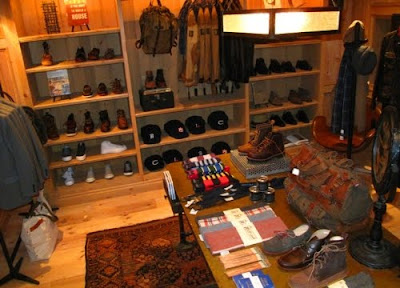
However, the relative importance of intra- and intersexual competition in promoting the evolution of female and male ornamentation and, hence, sexual dichromatism remains poorly understood. territories) resources, is thought to drive the evolution of ornaments in both sexes. Social selection, via intra- and intersexual competition for sexual (e.g. The third wave type is the courtship wave it is given when the female is close to the male and is equivalent to the typical information-carrying mate choice wave found in other fiddler crab species. They are alerting signals that draw female attention to the presence and location of the male. Both broadcast and directed waves appear to be designed for signal efficacy rather than signal content. Once a distant female becomes visible to the male, he switches to producing ‘directed waves’ they are given at a faster rate and their temporal distribution matches the abundance of mate-searching females. They are effective at drawing the attention of the rare and unpredictable mate-searching females. These waves are given steadily, but at a slow rate, throughout the diurnal low tide mating period. We show that males produce ‘broadcast waves’ when no female is visible to them. They function to draw female attention before the male switches to the content-carrying signal that is used for female mate choice. We suggest that the first two wave types are alerting signals that are designed for signal efficacy.

In this study, we show that the fiddler crab, Austruca lactea, produces a complex mating signal with three sequential wave types, each given in a different context. They can contain multiple elements that have different functions- some based on signal efficacy and some on signal content. We are very grateful to Michael Jennions who gave direction with our statistical analysis, Tanya Detto and Leeann Reaney who provided invaluable feedback and field assistance, and to two anonymous referees for their helpful comments.Īnimal signals can be very complex, particularly those used in mate attraction.

This variation in female quality means Acknowledgments Larger females produced more eggs per clutch, probably because they had more body resources to maintain a pregnancy (Jorgenson et al., 1993, Saether and Heim, 1993) or possessed a greater internal volume for amassing eggs (Bonduriansky & Brooks 1998). Uca rapax: Greenspan 1980 Uca lactea: Murai et al. They also directed more waves to the large female (large: 19.64 ± 3.36 per Discussionįemale body size correlated positively with fecundity in U. mjoebergi, as in other fiddler crab species (e.g. When presented simultaneously with a large and a small female, males spent more time courting and surface mating with the larger female (large: X ¯ ± SD = 107.78 ± 18.20 s small: 38.37 ± 12.81 s Wilcoxon signed-ranks test: Z = −2.30, N = 25, P < 0.05). The larval counts were highly repeatable (one-way ANOVA: F 22,46 = 14.7, P < 0.001). Female FecundityĬlutch size was positively correlated with female body size (Pearson correlation: r 31 = 0.59, P < 0.001 Fig. 1). All summary statistics are presented as mean ± SE unless otherwise indicated. We used carapace width as a measure of crab size in our analyses. Observations were made 2 h before and 2 h after low tide, during periods of peak mating activity several days either side of neap tide. We conducted the study in the mangroves of East Point Reserve, Darwin, Australia from September 2005 to January 2006. mjoebergi not only engaged in competition for matings, but also showed mate choice. They did not, however, forego mating opportunities with small females, probably because the operational sex ratio was highly male biased, which limited their opportunity for attracting a second mate. Males were capable of discriminating between large and small females, and under both natural and experimental conditions they preferentially courted larger females.

Since male mating investment is high (prolonged mate guarding), males would therefore benefit by mating with large females. Clutch size was positively correlated with female size. We investigated male choosiness in the fiddler crab Uca mjoebergi. Male choosiness, however, may also be beneficial, especially in species where female quality is variable, male mating investment is high and there is a high probability of attracting additional females. In most species the operational sex ratio is male biased, so females can be choosy when selecting a mate.


 0 kommentar(er)
0 kommentar(er)
